LED light development
ready2remodel
16 years ago
Related Stories

LIGHTINGThe Lowdown on High-Efficiency LED Lighting
Learn about LED tapes, ropes, pucks and more to create a flexible and energy-efficient lighting design that looks great
Full Story
COMMUNITYIn L.A.’s Echo Park, a New Urban Development Takes Flight
Blackbirds, a new ‘microneighborhood’ near downtown, is Los Angeles’ latest small-lot urban infill project
Full Story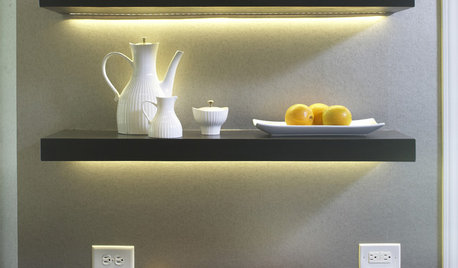
KITCHEN DESIGN12 Ways to Light Your Kitchen With LEDs
See how to use new energy-saving lights to illuminate your kitchen, light a countertop and add style, too
Full Story
LIGHTINGWhat to Know About Switching to LED Lightbulbs
If you’ve been thinking about changing over to LEDs but aren't sure how to do it and which to buy, this story is for you
Full Story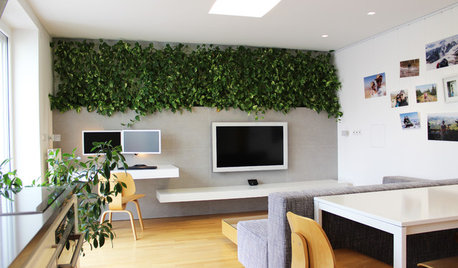
HOUZZ TOURSMy Houzz: LEDs and a Living Wall Color a Minimalist Slovakian Home
Thanks to a modern overhaul, this small Central European apartment is now a testament to efficiency and thoughtful design
Full Story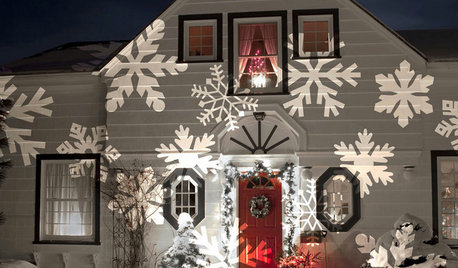
SHOP HOUZZShop Houzz: Save on Holiday Lighting
Create a magical scene they’ll see from the street with string lights, LEDs and projectors
Full Story0
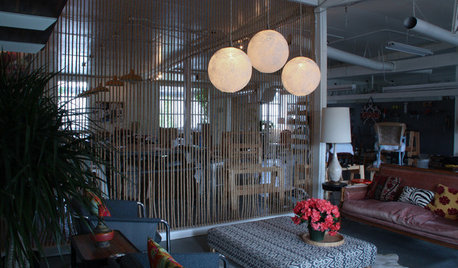
DIY PROJECTSLace Goes Modern in an Upholsterer's DIY Pendant Lights
Bring romance to a room with delicate pendant lights you can make yourself
Full Story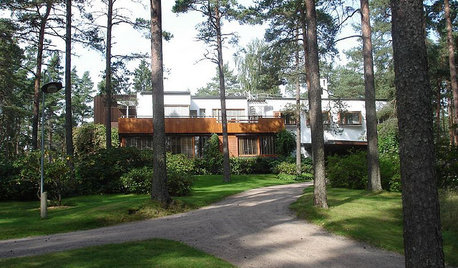
HISTORIC HOMESMust-Know Modern Homes: Villa Mairea
Experimenting led to rich rewards in this Finnish architectural masterpiece by modernist Alvar Aalto
Full Story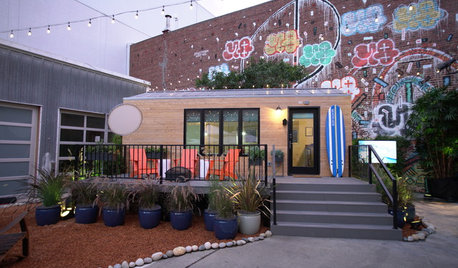
HOME TECHA Vision of the Future for the Smart Home
Intel, a smart-home platform developer, offers a peek into the tech firm's experimental ‘living lab’
Full Story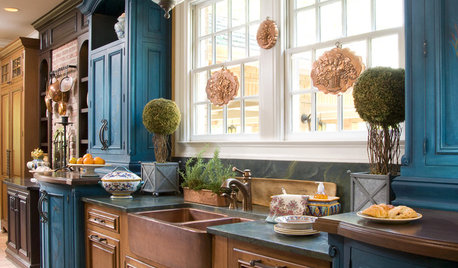
KITCHEN DESIGNKitchen Sinks: Antibacterial Copper Gives Kitchens a Gleam
If you want a classic sink material that rejects bacteria, babies your dishes and develops a patina, copper is for you
Full StorySponsored
Columbus Design-Build, Kitchen & Bath Remodeling, Historic Renovations
More Discussions






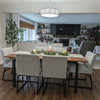
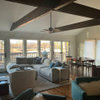
DavidR
ready2remodelOriginal Author
Related Professionals
Oak Lawn Lighting · Walker Lighting · Eagan Furniture & Accessories · Nashville Furniture & Accessories · Rock Hill Furniture & Accessories · Woodbury Furniture & Accessories · Ives Estates Furniture & Accessories · La Habra Interior Designers & Decorators · Dedham Electricians · Baltimore Decks, Patios & Outdoor Enclosures · Benton Decks, Patios & Outdoor Enclosures · Cary Decks, Patios & Outdoor Enclosures · Palo Alto Decks, Patios & Outdoor Enclosures · Portage Decks, Patios & Outdoor Enclosures · South Houston Decks, Patios & Outdoor EnclosuresDavidR
Jon1270
macbirch
amsunshine
DavidR
ready2remodelOriginal Author
DavidR
ready2remodelOriginal Author
DavidR
lee676
brickeyee
lee676
brickeyee
DavidR
brickeyee
mikef1